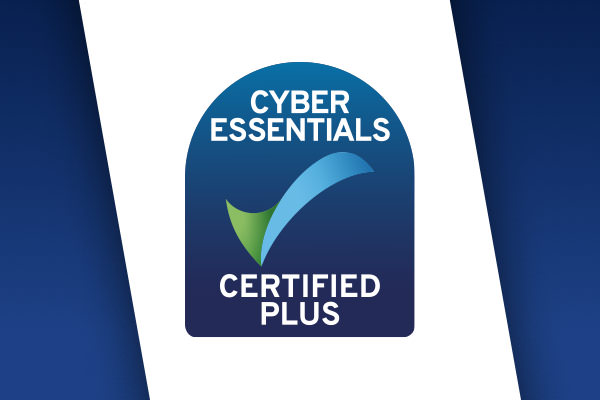
Driving a people-first approach to digital adoption
September 21st, 2023
Lisa Brown, Senior UC & Enterprise Project Manager at Cinos, reveals why a digital adoption strategy that puts people first is crucial for moving your organisation forward.
There’s no doubt that change is stressful; it’s how organisations handle it that makes all the difference. The key to making it a success comes down to reducing as much friction as possible through understanding the customers day to day use cases, creating a sound communication plan, and providing a realistic timeline for delivery.
If you’re looking to implement new technologies, that’s where a robust user adoption strategy needs to come in. Its role is to lay the groundwork for a positive experience, while mitigating the negative connotations that come with change. In doing so, it will help employees to embrace new tools, use them to their full potential and ultimately improve working practices. A successful user adoption strategy starts with understanding the problem, the people, the processes and how the new ways of working are going to affect the user – before the change happens. This helps to ensure that the roll-out is smooth, cohesive and everyone has the same expectations.
Identifying and including users
The first stage is to identify employees who will be using the technology. If, for example, you’re rolling out a new unified communications platform, then look to involve key groups of people who will use the platform frequently, benefit from its features and who understand the end-user’s day to day roles. Involving them from the outset not only ensures that the new platform meets their needs but also makes sure they feel valued and engaged in the process. Those employees who are initially introduced to the platform will be important later in the process, to promote it to other users and stakeholders.
Effective communication, training, and support
Effective communication is crucial when it comes to change. One of the most common issues that organisations face when adopting new technology is poor communication. To ensure high user adoption, it’s important to communicate the benefits and value of the new solution to users. This means explaining how the system will benefit them, improve their work processes and how it will solve the challenges they face. Explaining why the change is being implemented will motivate more users to embrace it. Simply put, employees who don’t understand the reasons behind the change are less likely to adopt it.
Learning anything new takes time and practice. Which is why it’s vital to provide adequate training and support. Equipping employees with the necessary skills and knowledge to use their new tools effectively will drive adoption. Try to focus on how to use various features and capabilities. Employees who are armed with a better understanding of the benefits they’ll use, are more likely to integrate the new tools into their daily routine. Also, it’s worth considering that people like to consume information differently. Some might want a FAQ document, while others want to sit through an hour-long demo. It’s important to consider different options to help everyone adapt as easily and as quickly as possible, ensuring the communication is actually being received by everyone – whether that be email, an intranet page or a team meeting.
Reinforcing new ways of working
Once the implementation phase is complete, it’s time to get users on board. At the beginning this is all about diving in and getting familiar. Ideally, you are striving for that ‘ah-ha’ moment, where they realise the value of the solution and why they need it. As users become more familiar with the new tools, look for ways to provide positive reinforcement and incentivise this new way of working. For example, you could reward usage of the UC platform amongst your team or use it to host a quiz to emphasise its features. Using these types of gamifying techniques is one effective way to drive implementation success, as it enhances the experience, making it fun and engaging.
However, even with the proper training and guidance, it can be difficult to rewire old habits and certain ways of doing things – for some employees it’s all too easy to revert to old ways. This is where those key users you identified at the start of the process can help. Having advocates or technology champions helps to build momentum and they can also serve as a point of contact to answer questions and provide support to others. Furthermore, encouraging user feedback as adoption grows can play a pivotal role in solidifying these new ways of working. Not only will it help cultivate a culture of continuous improvement, but also make the users feel like an integral part of the process, steering them to use these new tools on a daily basis.
Putting people first
No matter how proven or well-regarded a technology is, the biggest barrier to user adoption will always be employee resistance. Moving people away from their current way of working requires careful planning, communication, and training. A robust user adoption strategy is a beneficial tool to improve employee engagement and reduce the risk that people will find the new technology inadequate. Not only does it help to address any fears about how the change will impact workloads, but it also drives home the business case and ensures that needs and expectations are met.
Ultimately, people want to know ‘What’s in it for me?’. The key to a successful user adoption strategy is to remember that it’s all about the people. Putting them at the heart of your approach is critical to driving initial success as well as long-term employee satisfaction and return on investment.




